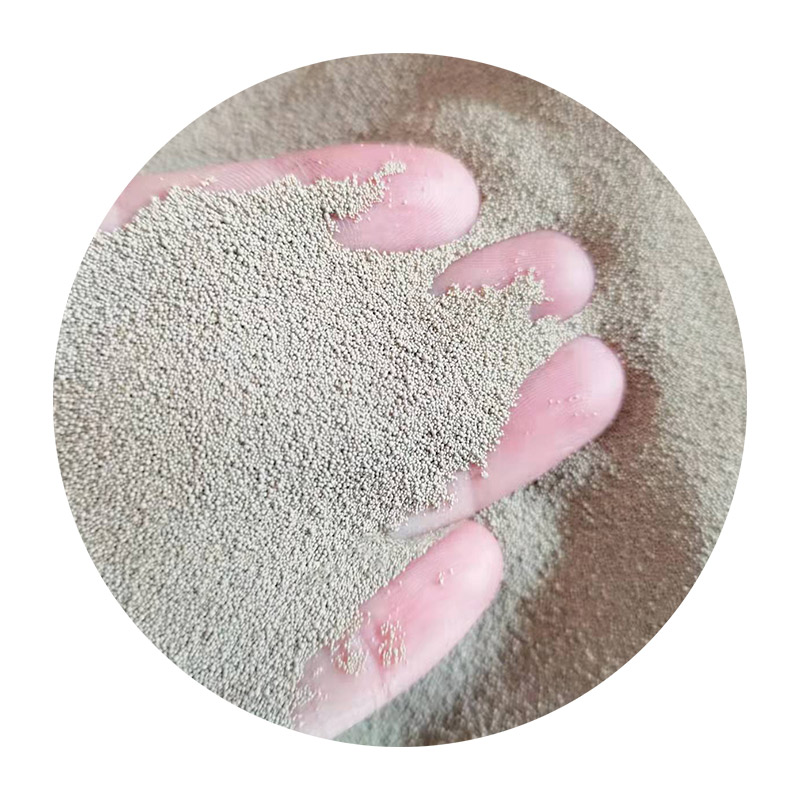The Benefits of Wet Sanding 3D Prints
In the realm of 3D printing, achieving a smooth finish can sometimes be a daunting task. While the technology has advanced significantly, producing high-quality prints with fine detail, the surface finish often leaves much to be desired. This is where the technique of wet sanding comes into play. Wet sanding is a method that can significantly improve the appearance and quality of your 3D prints, and understanding its benefits can elevate your 3D printing projects.
What is Wet Sanding?
Wet sanding involves using sandpaper and water to smooth the surface of a material. The water acts as a lubricant, reducing friction and preventing the sandpaper from clogging with particles. This technique is commonly used in automotive painting and woodworking, but it is also applicable to 3D printed objects, especially those made from materials like PLA, ABS, or PETG.
Advantages of Wet Sanding 3D Prints
1. Smoother Finish One of the most significant advantages of wet sanding is the ability to achieve a finer, smoother finish on 3D printed parts. The combination of water and fine-grit sandpaper helps to eliminate layer lines and imperfections, resulting in a more polished appearance.
2. Reduced Dust and Mess Traditional dry sanding generates a considerable amount of dust, which can be harmful if inhaled and can create a mess in your workspace. Wet sanding minimizes dust production, making the process cleaner and safer. The water captures the particles, preventing them from becoming airborne.
3. Enhanced Control Wet sanding allows for better control over the sanding process. The lubrication provided by water makes it easier to manipulate the sandpaper, resulting in a more uniform surface finish. This is particularly beneficial when working on intricate designs or detailed areas of a print.
4. Less Material Removal When sanding dry, it’s easy to remove too much material, potentially ruining the print. Wet sanding provides a gentler approach, allowing for more precise sanding and minimizing the risk of damaging the model. This is especially important for detailed prints where maintaining dimensional accuracy is crucial.
5. Compatibility with Post-Processing Techniques Wet sanding complements other post-processing methods, such as painting or applying resin coats. A smooth surface from wet sanding allows for better adhesion of paints and coatings, resulting in a more professional look on finished models.
wet sanding 3d prints

How to Wet Sand 3D Prints
To effectively wet sand your 3D prints, follow these simple steps
1. Gather Supplies You will need fine-grit sandpaper (typically between 400 and 2000 grit), a spray bottle filled with water, and a clean cloth for drying.
2. Prepare the Print Ensure that the print is clean and free from debris. This will help prevent scratching during the sanding process.
3. Spray Water Lightly spray the sandpaper and the surface of the print with water to minimize friction.
4. Sand Gently Using circular motions or back-and-forth strokes, gently sand the surface of the print. Be patient and avoid applying too much pressure; let the sandpaper do the work.
5. Rinse and Repeat Frequently rinse the sandpaper and the print to remove accumulated particles. Check your progress to ensure you achieve the desired smoothness.
6. Finish Up Once you've reached the desired finish, wipe the print clean and let it dry completely before proceeding to any further post-processing steps.
Conclusion
Wet sanding is an invaluable technique for 3D printing enthusiasts looking to enhance the quality and finish of their prints. By integrating this method into your post-processing routine, you can achieve smoother surfaces, reduced mess, and improved aesthetics, ultimately elevating the overall quality of your 3D printed projects. Whether you're a beginner or a seasoned professional, wet sanding is a skill worth mastering for any 3D printing endeavor.
Post time:ທ.ວ. . 16, 2024 10:56
Next:cast of sand castles 2014
